Oriole, named after the baseball team The Baltimore Orioles, opened in March 2016. It gained two Michelin stars in the 2017 guide (published in late 2016). The restaurant was hard to find. Construction work meant that the small West Loop street in which it is located had literally no street signs, and the restaurant itself has no obvious restaurant frontage except for a tiny, obscure sign, so our taxi driver drove around several times before we guessed that it was the restaurant, the building being about the only one in the block that looked inhabited. The premises used to be a glue factory, and after you make it up some stairs to the lobby, you gain access to the dining room through an industrial door that resembles a portcullis. The dining room has the bare bricks and industrial look that seems compulsory these days, with an open kitchen at the end. Jazz played in the background, though noise levels in the dining room were comfortable. Chef Noah Sandoval was working at service tonight, after having previously run a restaurant called Senza, which itself gained a star, and previously worked both at Schwa and Green Zebra.
This a no-choice set tasting menu kind of place, though they are flexible about adapting to dietary preferences. The menu was priced at $190, and they seem keen to push guests towards the wine pairing, or indeed their premium wine pairing, but I always prefer to choose my wine, and although they seemed reluctant to acknowledge it, they do have a normal wine list. They will even bring the list to you if you really persevere on the subject. This has labels such as Mure Sylvaner 2013 at $41 for a bottle that you find in the high street for $10, Alto Adige Pinot Grigio Terlan 2015 at $70 compared to its retail price of $23, and the very enjoyable Kistler Les Noisetiers 2013 at $140 for a bottle that will set you back $97.
The meal began with a little shell in which was some golden oscietra caviar, yuzu, dashi, sea grape and lychee sorbet. This was an interesting flavour combination, the sweetness of the lychee (not mentioned on the menu) working well with the saltiness of the caviar and other flavour elements (16/20). The small size of this dish was a recurring theme throughout the meal, though there are plenty of courses so you won’t leave hungry. Often with such tasting menus the nibbles and early dishes come quite quickly, but here there were lengthy gaps between courses, particularly at the beginning of the meal.
Next was sushi, described as “madai nigiri”, topped with yuzukosho (spelled as two words on the menu, a fermented pickle made of chillies, yuzu peel and salt) and “genmai” i.e. roasted brown rice. The fish was introduced as “sea bass”, which would be news to anyone Japanese since sea bass is “suzuki” in Japanese and sea bream is “madai”. It tasted like sea bream. Whatever the menu description, the rice was of the correct body temperature and nicely seasoned, the fish good even if its flavour was slightly dominated by the yuzokosho (16/20).
Next was a little straw topped with egg yolk and basil, wrapped with Mangalica ham. This is the Spanish spelling of Mangalista, a breed of pig mainly from Hungary which was almost extinct by the 1990s but has now been resuscitated by farmers in a number of countries, including Spain. The cheese straw was lovely and the ham top notch, accompanied by beetroot and black walnuts (17/20). This was followed by pork belly with kimchi, nectarine and enoki mushrooms. This was very pleasant, the kimchi the dominant flavour, though the acidity of the nectarine nicely balanced the richness of the meat (15/20).
Alaskan king crab was served with oregano, chicharones (fried pork) and a miniature version of aguachile, a Mexican dish made from shrimp, onion, chilli, lime and coriander. The crab had good flavour and the spices went nicely with the shellfish (15/20). Ora king salmon (a farmed salmon from New Zealand) was served in a little smoke-filled jar which was opened at the table, and came with spring onion, smoked roe and a salad of herb. This was a simple but very good dish: high class smoked salmon (16/20).
This was followed by a dish of scallop (from Hudson Canyon off Long Island) and Hudson Valley foie gras, with caramelised onion, dried wild blueberry, oxalis (wood sorrel) and duck jus. The foie gras was good, the scallop pleasant but unexceptional, but the dish had very nice balance, the acidity of the blueberry nicely cutting through the richness of the liver, and the duck jus had plenty of intensity (16/20).
Next was the only sighting of bread during the meal, a small slice of buttered sourdough topped with puffed grains. Served with this was capellini (thin, spaghetti like pasta) with rye berry and yeast. This dish was topped with “Perigord truffles”, grated at the table by the chef, who commented that they were very late in the season. Truffle terminology can be confusing: you might assume that a Perigord truffle comes from Perigord in France, where the season is December to March and where the truffles are particularly prized for their quality. However the Perigord truffle name is widely bandied about for any “tuber melanosporum” (black truffle) wherever they are from, in the way that “champagne” was widely applied to lots of ersatz sparkling wine until the lawyers of French champagne producers started to aggressively defend the name. At this time of year I assume that these were from Australia, and very nice they were. The pasta was very delicate and the truffles lifted it with their lovely aroma. I am not entirely sure whether bread is an ideal accompaniment to pasta, but that is an aside (17/20).
The final savoury dish was A5 grade (the most marbled) beef from Miyazaki prefecture, served with charred little gem lettuce topped with furikake (a fishy Japanese seasoning) and XO sauce. I find the ultra-marbled beef like this overly rich and fatty to my taste, and generally prefer a grade lower (A4), though this is certainly a prized and expensive ingredient. Japanese beef was never exported until a few years ago, when the law was changed. The limitation is that exported beef is inevitably vacuum packed, which affects the flavour, and so never tastes quite the same as when you eat the product fresh in Japan. Anyhow, the beef was carefully cooked, and my only real comment is that the furikake was generously applied and is quite a dominant taste (15/20).
There was a notional pre-dessert, though that label may be stretching things. It was cucumber with tonka beans, another example of the tiresome chef trend of introducing shrubbery, herbs and vegetables into desserts, where in my view they don't belong. It is hard to score something like this, but it was pretty simple, even if you are a lover of such things (13/20).
Next was a croissant filled within rosemary apple butter and Ashbrook cheese (a Vermont cheese similar to Morbier). This sounds a little strange but actually worked quite well as a combination, somehow comforting, and certainly the croissant was delicate (16/20). This was followed by corn mousse in a pretzel husk with chocolate, miso and mild jalapeño pepper. The slight bite of pepper was fine with the chocolate, and the pretzel husk had good texture, while the corn mousse was pleasant (15/20). Finally there was a trio of mignardises: ice cream in a wafer, cookie dough and a final bite flavoured with a bitter liquor called fernet (an Italian amaro) laced with popping candy. These were nicely made (16/20). Coffee was a custom blend of half Ethiopian and half Costa Rican from a company called Sparrow, and was very good.
Service was extremely slick, the staff attentive and charming. The pacing of the meal was slow, with the last dish arriving three hours after we sat down. Our bill came to $296 each before tip, so $350 (£272) each all in. If you shared a modest bottle of wine then a typical cost per head might come to around £210, which is, let’s face it, a chunk of change. The experience was certainly very pleasant and the food good, but seems to me ambitiously priced. They clearly know their local market though, as the place was packed out on a midweek night, with tables being turned all around us.





















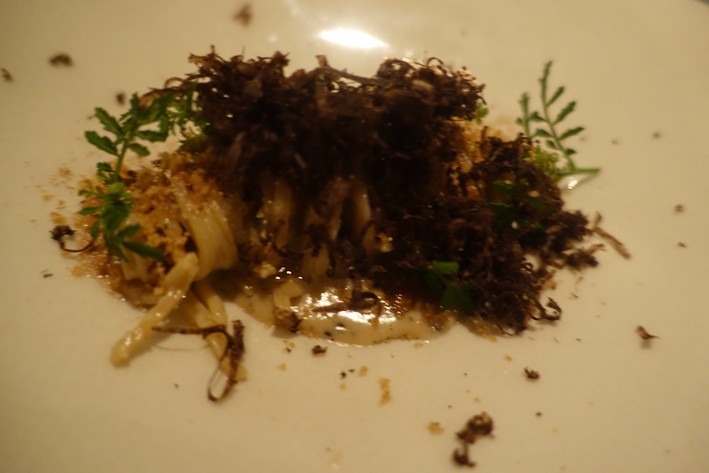
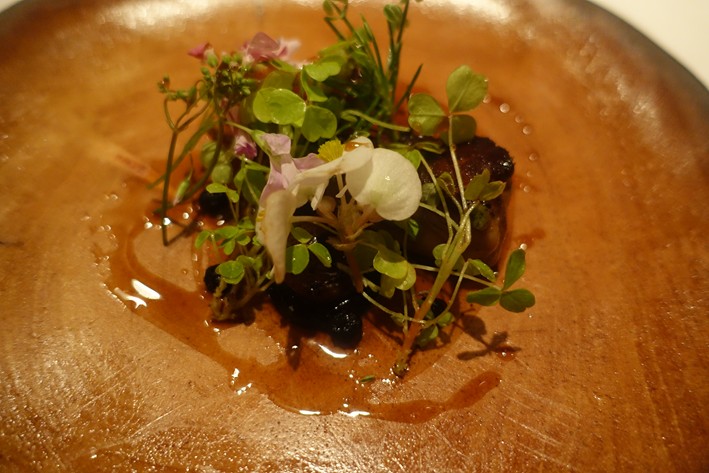
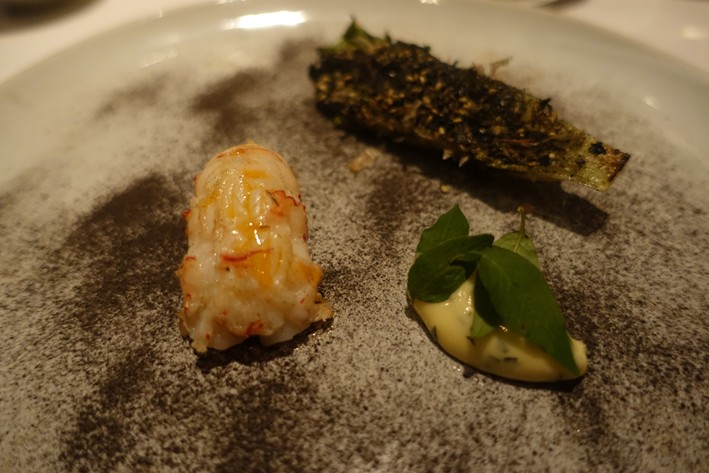


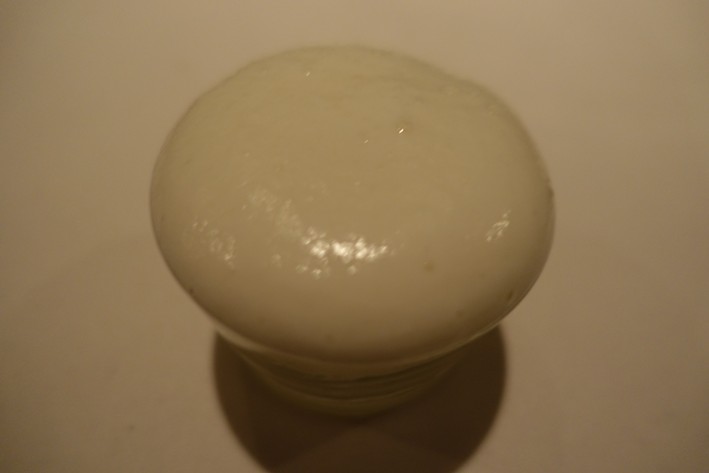
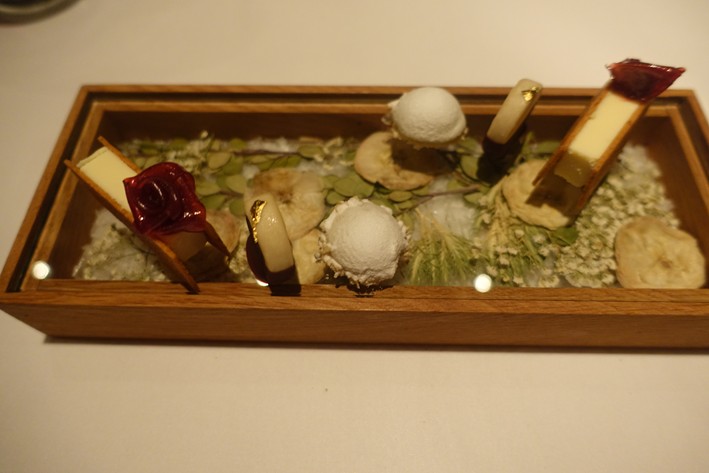
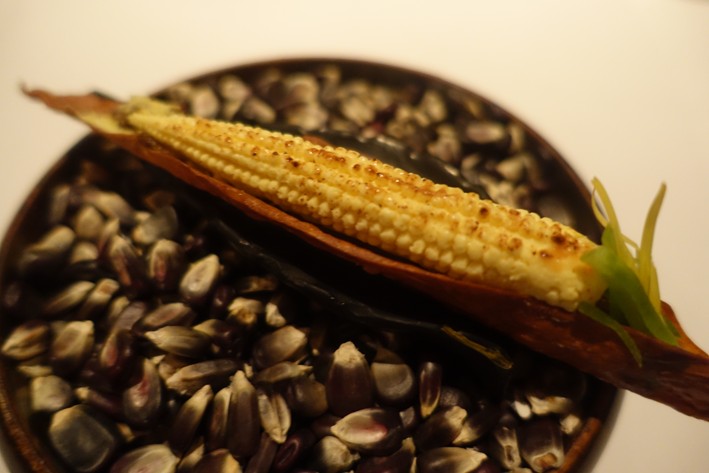

Kemeko
I think many chef outside Japan have a wrong idea for furikake(????)because we usually use furikake on steamed rice and sometimes on pasta when one is on budget and unable to buy decent food. I should not say that you can't use furikake in restaurants but it is normally used in Japanese households that we do not prefer to see use it on restaurants. If it was a diner or cheap restauratns, perhaps acceptable...but my friends and family would hate to see furikake used at an elegant restaurant..it looks as if the chef did not want to take the trouble to season the dish.... also not all the furikake are fishy....haha...